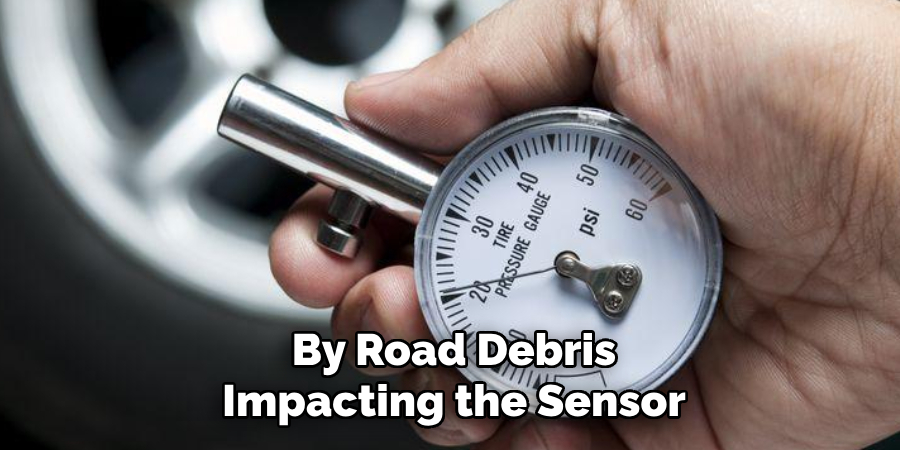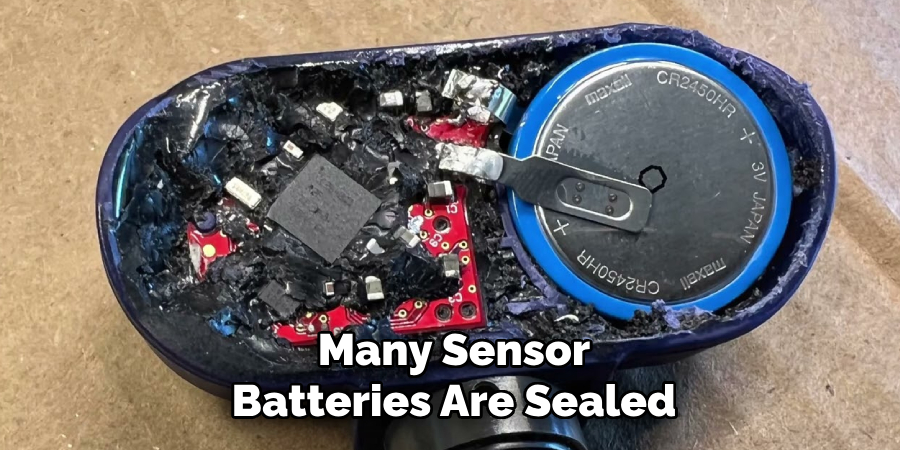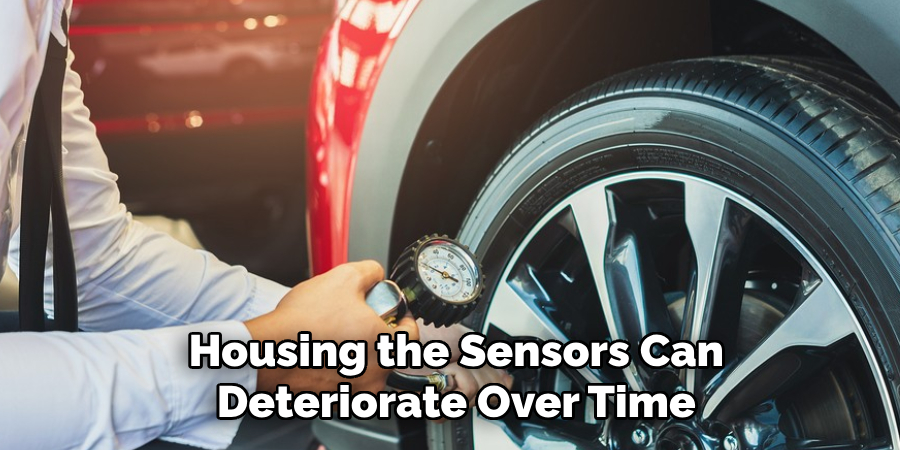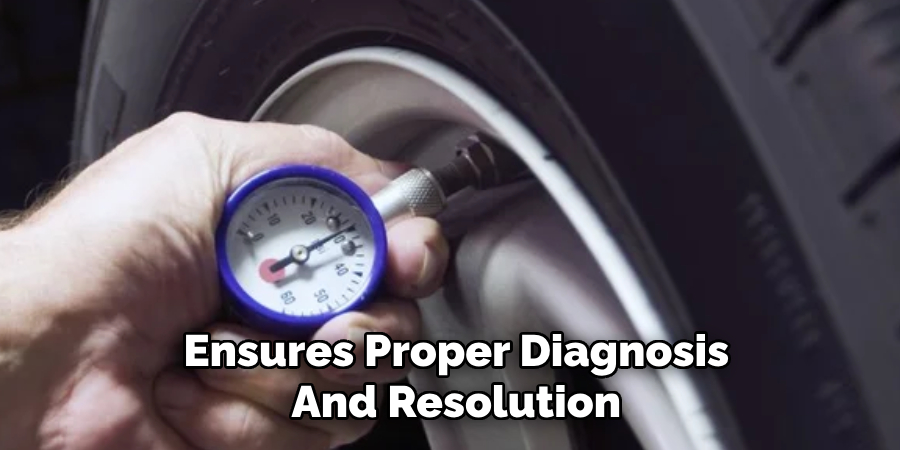A tire pressure sensor fault can be a frustrating issue, but it is crucial to address it promptly for your safety and the optimal performance of your vehicle. Tire pressure monitoring systems (TPMS) are designed to alert drivers when tire pressure is too low, which can lead to poor handling, reduced fuel efficiency, and uneven tire wear.

Understanding the causes of a sensor fault and how to fix it can save time, money, and ensure your car remains roadworthy. This guide will walk you through the steps of how to fix a tire pressure sensor fault effectively.
What Is a Tire Pressure Sensor Fault?
A tire pressure sensor fault occurs when the tire pressure monitoring system (TPMS) in your vehicle detects an issue with one or more of its sensors. These sensors are responsible for monitoring the air pressure inside your tires and relaying that data to the car’s onboard computer.
If the system identifies an abnormality, such as a sensor failing to send data, sending incorrect readings, or losing communication entirely, it triggers a warning light or message on your dashboard.
This fault can indicate any number of problems, ranging from low sensor battery power to physical damage, calibration issues, or even software malfunctions. Addressing this fault is vital to ensure your TPMS operates correctly, helping maintain optimal tire performance and vehicle safety.
Common Reasons for a “Tire Pressure Sensor Fault” Warning
Several factors can lead to a “Tire Pressure Sensor Fault” warning appearing on your vehicle’s dashboard. One of the most frequent causes is a dead or weak sensor battery.
TPMS sensors use small batteries that have a limited lifespan, typically lasting 5-10 years, and when they fail, the sensor becomes unable to transmit data. Another common issue is damage to the sensor itself, often caused during tire maintenance or by road debris impacting the sensor.
Corrosion can also result in faulty sensor performance, especially when moisture enters the valve stem. Additionally, if tires have recently been replaced or rotated, sensors may not be recalibrated properly, triggering an error.
Lastly, interference or software issues in the car’s TPMS module can occasionally cause false warnings, even when tire pressure is adequate and the sensors are functional. Understanding these common causes is the first step in troubleshooting and resolving the issue.

10 Methods How to Fix a Tire Pressure Sensor Fault
1. Inspect Tire Pressure Manually
Before addressing the sensor fault, verify the tire pressure manually using a reliable tire pressure gauge. Compare the readings with the recommended pressure values provided in your vehicle’s manual or door jamb sticker.
Inflate or deflate the tires as needed to reach the correct levels. This step ensures that actual tire pressure is not causing the fault and eliminates external factors that might be mistaken for sensor issues.
2. Reset the TPMS
Sometimes, a tire pressure sensor fault can be resolved by resetting the TPMS. Refer to your vehicle’s manual for specific instructions, as the process varies across makes and models.
Commonly, you’ll need to turn the ignition to the “on” position without starting the engine, press and hold the TPMS reset button (usually located under the steering column or near the glove box), and wait for the TPMS warning light to blink. Drive the vehicle for a few minutes to allow the system to recalibrate and clear the fault.
3. Check for Damaged Sensors
Physically inspect the tire pressure sensors for signs of damage. Remove the tires and examine the sensors—typically located inside the valve stems. Look for cracks, corrosion, or loose components. If any sensors appear damaged, they may need replacement. Addressing physical damage is crucial to restoring the TPMS functionality.
4. Replace the Sensor Batteries
Most TPMS sensors are battery-powered, and a low battery can trigger a fault. Unfortunately, many sensor batteries are sealed within the unit, requiring sensor replacement. However, if your sensors allow for battery replacement, carefully open the sensor housing, remove the old battery, and insert a new one of the same specification. Ensure proper sealing to prevent moisture intrusion.

5. Relearn the TPMS Sensors
After replacing or repairing a sensor, you may need to perform a sensor relearn procedure to synchronize it with the vehicle’s TPMS. This process often involves using a TPMS tool to trigger each sensor while the vehicle is in “learn” mode.
The exact steps vary by vehicle, so consult the owner’s manual or a professional service technician for guidance. Relearning ensures that the system recognizes all sensors and operates correctly.
6. Use an OBD-II Scanner
An OBD-II scanner with TPMS diagnostic capabilities can identify the specific sensor causing the fault. Connect the scanner to your vehicle’s OBD-II port, usually located under the dashboard.
Access the TPMS menu and run a diagnostic scan. The scanner will display error codes and detailed information about the fault. Address the issues based on the diagnostic results, such as replacing or recalibrating sensors.
7. Update or Reprogram the TPMS Module
Sometimes, the TPMS control module may require a software update or reprogramming to resolve sensor faults. Visit your dealership or a certified mechanic equipped with the necessary tools to perform the update. Updating the TPMS module can resolve compatibility issues and improve system reliability.
8. Check the Valve Stems
The valve stems housing the sensors can deteriorate over time due to corrosion or impact. Inspect each valve stem for cracks, bends, or other signs of damage. If a valve stem is compromised, replace it promptly. Ensure that the replacement valve stem is compatible with the TPMS sensor to avoid further issues.

9. Test for Radio Frequency Interference
TPMS sensors rely on radio frequency (RF) signals to communicate with the vehicle’s control module. Interference from other devices, such as aftermarket electronics or even nearby RF sources, can cause sensor faults.
Temporarily disable aftermarket devices or relocate them to reduce interference. If the fault persists, consult a professional technician to evaluate the TPMS’s RF signal strength and communication integrity.
10. Replace Faulty Sensors
If all other methods fail, replacing the faulty sensors may be the only solution. Purchase high-quality sensors compatible with your vehicle’s make and model. Replace the sensor by removing the tire and old sensor, installing the new one, and ensuring it is securely mounted.
Perform the sensor relearn procedure to integrate the new sensor into the TPMS. This step guarantees the system functions as intended and eliminates recurring faults.
Things to Consider When Addressing TPMS Issues
When tackling issues with your tire pressure monitoring system (TPMS), it’s important to consider several factors to ensure an effective and lasting solution. First, always confirm that the issue is with the TPMS system and not simply a result of incorrect tire pressure.
Using a reliable tire pressure gauge ensures accurate readings and can rule out simple causes. Secondly, check your vehicle’s warranty or service plan to see if TPMS repairs or replacements are covered, as this can save you considerable expense.
Another key consideration is the compatibility of replacement sensors with your vehicle’s make and model. Using aftermarket sensors that are not specifically designed for your car can lead to further complications. Additionally, weather conditions can impact TPMS functionality—extreme cold or heat can affect sensor readings or cause battery failure.
Finally, ensure that all repairs and replacements comply with local regulations, as proper TPMS functionality is often a legal requirement for road safety. Proper diagnosis and a methodical approach will help maintain your TPMS and promote a safer driving experience.
Common Mistakes to Avoid
When dealing with TPMS issues, avoiding common mistakes can save you time, money, and frustration. One frequent mistake is neglecting to check tire pressure first before assuming there is a sensor fault.
Low or uneven tire pressure is often the most straightforward explanation for a TPMS warning light. Another error is attempting to replace or repair sensors without referring to the vehicle’s owner manual, which provides crucial guidance specific to your car’s system.
Many vehicle owners also overlook the importance of proper sensor relearn procedures. Skipping this step after replacing sensors or resetting the TPMS can result in inaccurate readings or continued faults.
Additionally, using incompatible or low-quality aftermarket sensors is another mistake. These may not communicate effectively with your vehicle’s TPMS module and can lead to persistent problems.
Lastly, ignoring professional assistance when needed can compound issues. While DIY repairs can be effective, complex problems like software updates or RF interference testing often require specialized equipment and expertise. Consulting a certified mechanic ensures proper diagnosis and resolution while minimizing the risk of causing further damage to the system.

Conclusion
Maintaining a properly functioning Tire Pressure Monitoring System (TPMS) is essential for vehicle safety and performance. By addressing common issues methodically, avoiding mistakes, and ensuring compatibility with your vehicle, you can keep the system reliable and effective.
Regular inspections, timely repairs, and professional assistance when necessary will help prevent unnecessary complications and ensure that your TPMS operates as intended. Thanks for reading, and we hope this has given you some inspiration on how to fix a tire pressure sensor fault!
About
Safety Fic is a distinguished figure in the world of Diy design, with a decade of expertise creating innovative and sustainable Diy solutions. His professional focus lies in merging traditional craftsmanship with modern manufacturing techniques, fostering designs that are both practical and environmentally conscious. As the author of diy, Safety Fic delves into the art and science of Safety Fic-making, inspiring artisans and industry professionals alike.
Education RMIT University
(Melbourne, Australia) Associate Degree in Design (Safety Fic) Focus on sustainable design, industry-driven projects, and practical craftsmanship. Gained hands-on experience with traditional and digital manufacturing tools, such as CAD and CNC software.
Nottingham Trent University
(United Kingdom) Bachelor’s in diyfastly.com and Product Design (Honors) Specialized in product design with a focus on blending creativity with production techniques. Participated in industry projects, working with companies like John Lewis and Vitsoe to gain real-world insights.
Publications and Impact
In diy, Safety Fic his insights on indoor design processes, materials, and strategies for efficient production. His writing bridges the gap between artisan knowledge and modern industry needs, making it a must-read for both budding designers and seasoned professionals.
